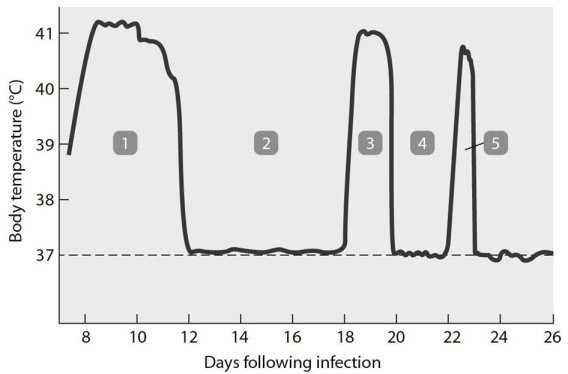Which of the following groups of organisms demonstrated a sudden appearance in the fossil record
and continues to exhibit remarkable diversity today?
a. ferns and mosses
b. fungi
c. algae
d. flowering plants
e. pines
D
You might also like to view...
Otto Loewi performed an experiment in which he electrically stimulated the vagus nerve connected to one frog heart and let the fluid bathing this first heart pass to a second chamber containing a second frog heart not connected to a nerve. What did Loewi observe?
A. There was no effect on the beating of either heart. B. The first heart showed an increase in beat rate, but there was no change in the second heart. C. The first heart showed an increase in beat rate and so did the second heart. D. The first heart showed a decrease in beat rate, but there was no change in the second heart. E. The first heart showed a decrease in beat rate and so did the second heart.
Below is the structure of octane, the major component of gasoline. What type(s) of bond(s) is(are) found in a molecule of octane?

A) only nonpolar covalent bonds
B) only polar covalent bonds
C) hydrogen bonds and polar covalent bonds
D) ionic bonds and nonpolar covalent bonds
Which of the following statements about the types and subtypes of the influenza (flu) virus is false?
A. The A(H2N2) and the A(H3N2) strains of the virus require different vaccines. B. Genetic recombination between flu strains from different species is common. C. High mutation rates create more diversity in strains of flu than does genetic recombination. D. Flu subtype is determined by the kinds of proteins representing the H and N protein spikes making up the capsid of the virus. E. Of the three major types of flu virus (A, B, and C), only Type A can occur in humans, other mammals, and birds.
 The pattern of fever shown in Figure 21.1 is most commonly seen with
The pattern of fever shown in Figure 21.1 is most commonly seen with
A. yaws. B. Lyme disease. C. lymphogranuloma venereum. D. syphilis. E. relapsing fever.